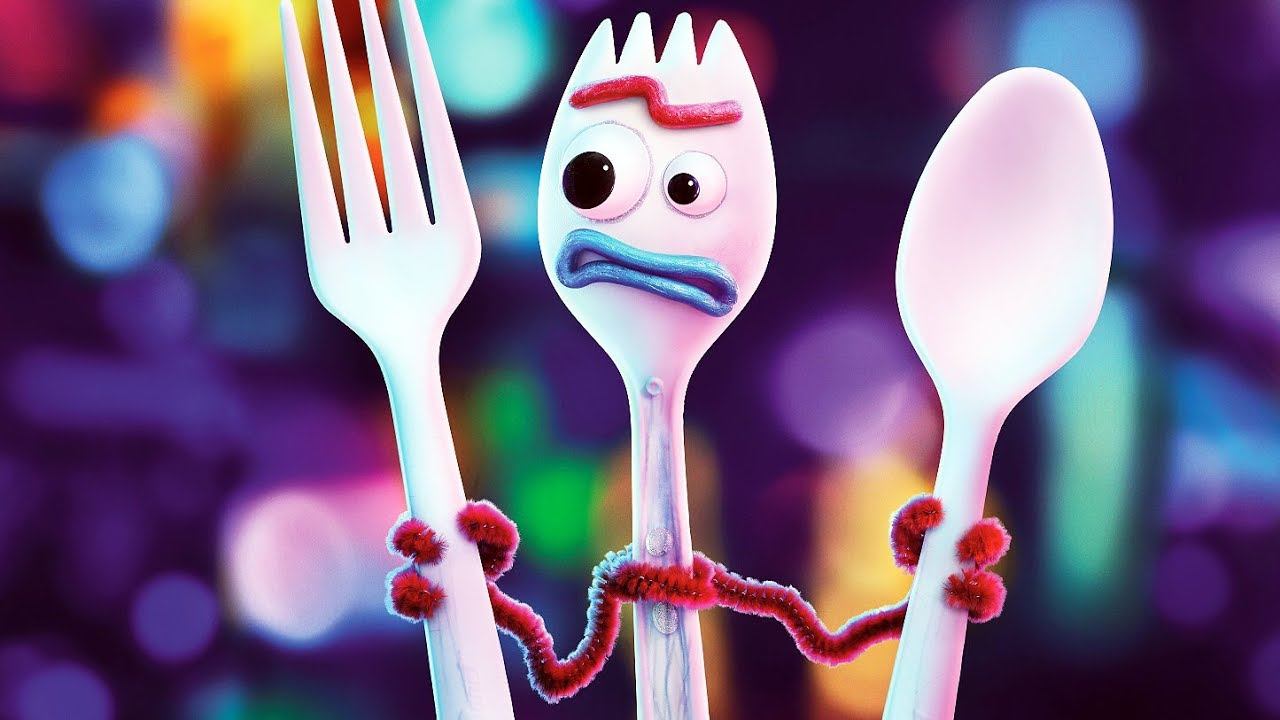Experts estimate that there are around 5 hectares of ocean for each living person in the planet. I read this and other data that I will present here in the report “Stemming the Tide: Land-Based Strategies for a Plastic-Free Ocean” prepared by the NGO Ocean Conservancy and the McKinsey Center for Business and Environment.
This largeness surprised me pretty much and maybe all this hugeness has been the reason for negligence of governments, people and companies while producing and incorrectly disposing of tons of garbage in the ocean.
After all, in such a giant place like this, the garbage that we have disposed for years took a long time to give signs of accumulation, but today it floats in the shores or appear wrapped in the stomach of sea animals setting wide open that we have taken long to ring the bells of such environmental tragedy.
As the World Water Day approaches, celebrated on March 22 since 1993, when the UN set the date, and along with the promotion of the best use of such resource and reduction of waste, we have to add the health of habitat where we find water, either drinkable or sea.
So, in this article I will address water and one of its pollutant items, the plastic.
OCEAN AND PLASTIC
According to the report of Ocean Conservancy and McKinsey, the ocean pollution deriving from sewers, cattle raising and agricultural activities and others have always been known and addressed in the local and regional levels, but plastic, due to its longevity, omnipresence and volume, has become a global challenge in the last few years.
It is estimated that some plastic products keep their original shape for up to 400 years when disposed of in the ocean.”
Stemming the Tide: Land-Based Strategies for a Plastic-Free Ocean – Ocean Conservancy e a McKinsey Center for Business and Environment
In 2015, China, Indonesia, Philippines, Thailand and Vietnam were responsible for 50% of the plastic disposed of in the ocean. The residue treatment policies have not been in the same pace of the economic growth of these countries and the problem has aggravated.
But what can we do before such scenario? In the document, Ocean Conservancy mentions some ways to minimize the damage. They analyzed more than 21 assumptions. The most relevant ones outline better waste treatment systems, but little was said of reduction or elimination of plastic.
PLÁSTIC IS NOT ALL THE SAME
Before we discuss this definitive solution, that is, quit using plastic, it is important to distinguish various kinds and applications for such material.
In another recent report, published in 2019 by the WWF, “Solve the Plastic Pollution: Transparency and Liability”, they explain that there are more than 30 types of plastic. The uses are diverse and range from packaging industry to automotive, but around 50% of the plastic produced has a single use, that is, is disposable, and the remaining 50% have long term application.

The single use plastic, also often called disposable plastic, is commonly used in plastic packages and includes items made to be used only once before being disposed or recycled. Such items include, among others, plastic bags, food packages, bottles, straws, bottles, glasses and cutlery. In most cases, they have service life of less than one year and, in all cases, less than three.
WWF – sOLVE THE PLASTIC POLUTIONç TRANSPARENCY AND LIABILITY
WWF points out that approximately half of all plastic products polluting the world today were created after 2000. In only a few decades, 75% of all plastic produced has already been disposed.
Brazil is the 4th largest producer of plastic garbage in the world, behind United States, China and India. These are 11,3 million tons or 1 kilo of plastic garbage per inhabitant every week.
We managed to collect 91% of such amount, but only 1.28% is effectively recycled. What is not recycled goes to landfills or, worse, is disposed irregularly, in open-air dumps.
The question we should ask, besides the possibilities of material recycling, is: which alternatives to plastic, particularly to that of single use, do we have to eliminate its use?
ELIMINATE TO REDUCE
CURRENTLY, 40% OF PLASTIC IS OF SINGLE USE AND HAS A SERVICE LIFE OF ONE YEAR ELIMINATING THESE PRODUCTS IS THE FIRST STEP TO REDUCE CONSUMPTION.
WWF – SOLVE THE PLASTIC POLUTIONÇ TRANSPARENCY AND LIABILITY
Considering that around 50% of plastic produced is for single use, its elimination can potentially cause a big impact on these disposal and pollution indicators.
Adding to this analysis, the use of recycled plastic in single use packages and products such as bags, cutlery, dishes, etc. that also removes from the environment the plastic for new application.
Fortunately, in the last few years, big companies responsible for marketing the virgin plastic have announced medium or long-term commitments to reduce or eliminate its use and others have presented current solutions for the problem.
CANNED WATER
Image: AMA – AMBEV – Canned Water – Photo AMBEV
AMBEV announced, in late 2019, the release of the AMA canned water. The initiative is part of a global strategy of Anheuser Busch InBev group for sustainability targets.
Interestingly, this water was born as a social business. 100% of the income deriving from the product sale is destined to drinkable water projects in the semi-arid Brazilian regions and, now with the package, the reversal can logistics may generate even more social impact.
The Brazilian Association of Aluminum Can Manufacturers (Abralatas) and the Brazilian Aluminum Association (Abal) report that 97% of the aluminum cans of beverage packages are recycled in the country. With this initiative, AMA package will enter the cycle of a network of cooperatives and collectors already mobilized for collection and correct destination of this kind of package.
As this is a new initiative, AMBEV has not yet disclosed the impact on the company sustainability pillars, but the perspective is that it will be big.
RECYCLE TO NOT POLUTE
Image: adidas – Futurecraft – Recycled plastic – Photo: adidas
Adidas released the initiative Futurecraft, an innovation platform for the development of 100%-recycled running shoes. The brand website shows the details and challenges faced in such journey that intends to take the company into a new era from the product release in 2021.
And the challenge to eliminate virgin plastic applies to all product lines. In the next decade, the brand is committed to make even more to eliminate the plastic residue with recyclable and recycled materials.
WE’RE NOT JUST FOCUSED ON CHANGING HOW WE DO BUSINESS; WE’RE DEDICATED TO CHANGING HOW OUR INDUSTRY DOES BUSINESS
-James Carnes, VP Brand Strategy
Recently, they released the short, medium and long-term commitments:
- 2020: over 50% of all polyester used by adidas in its products will be recycled.
- 2021: adidas will collaborate with its key partners in the sports are for the transition to more sustainable uniforms
- 2024: adidas will use only recycled polyester in all products along the business – with the support of cloths PRIMEBLUE and PRIMEGREEN performance, two new sustainable technologies in which 100% of the polyester used is recycled.
- 2030: adidas will reduce carbon by 30% (in comparison to 2017) as part of the Fashion Industry Charter for Climate Action.
- 2050: Reaching climate neutrality.
(A curiosity: in the company releases, they always insert the brand name in small letters, as they appear in the logo. I had written the first letter in capital and had to change after noticing that!)
You can find other information about this adidas platform in this link. It was hard to select what to outline in this post, but if you’re curious enough about the matter, it’s worth to dedicate some time to deepen in the brand strategy.
Another brand that announced the use of recycled plastic in its packages as part of the sustainability strategy was Dove.
Image: Dove – “Proud of What We Are Made Of” – Recycled Plastic – Photo: Dove
Unilever, holding of the brand of personal care, announced that it will reduce by half the virgin plastic in its packages by 2025. To disclose this target, they installed, at New York subway central station, early this year, a product selling machine that accepts plastic as payment. The device was part of the action “Proud of What We’re Made Of”. While “paying” with plastic, the visitor would receive a “Dove Body Wash” bottle that is already traded in a recycled package.
Besides Dove and AMBEV, Mattel, Helmann’s (Canada) and Accor announced elimination targets for the use of materials made with virgin plastic in its sustainability strategy.
The adoption of these targets by big companies responsible for marketing plastic, that will subsequently be disposed of, has the power to significantly reduce pollution and environmental impact.
COMPACT FOR SUSTAINABILITY
“Clean Planet, Healthy People: Good Management of Chemicals and Residues”. This was the topic discussed in Geneva, in early 2019, in the conference that gathered 180 countries and resulted in an agreement to reduce the use of disposable plastic, restriction to the shipment of residues of such nature to poorer countries and furtherance of recycling research.
The terms of the agreement were incorporated in an amendment to the Basileia pact, existing since 1989, and this new device has already been ratified by over 187 countries representing an important step for affirmative measures in the fight against plastic pollution.
Despite the devastating current scenario, the long-term perspective tends to be positive, with the awareness raising of companies, countries and citizens for reduction and better treatment of plastic waste.
In this context, our individual attitude counts a lot. And you, have you eliminated the use of plastic today?

* English is not my native language. If you find any opportunity of improvement, let me know. I’ll love to learn from experts!
Photo by Karina Tess on Unsplash
